Purang-Guge kingdom (Tibetan: པུ་ཧྲངས་གུ་གེ་) was a small Western Himalayan kingdom established by Chogyal Yeshe-Ö in AD 967, with Tholing as the capital. Under his reign, Tholing became an important centre for Indian scholars to visit and spread Buddhist religion and culture. Before that, at the initiative of the King, specially chosen batch of 21 young and bright students from the monastery were sent to India and Kashmir to be trained in Buddhism and to translate Sanskrit texts on religion and the Tibetan language and to study at Vikramashila, a specialist institution in tantra. Unfortunately 19 of them could not survive the climate, snake bites and diseases and only two monks, Rinchen Zangpo and Lekpai Sherap, survived.
The period of the second transmission is undoubtedly one of the most interesting, yet most complex and difficult, periods in Tibetan art. There are few dated works to chart the course of developments, and the multipolicity of diverse traditions are not easy to unravel. Practically nothing is known about the art in Eastern Tibet, but fairly distinct regional differences appear between the art of Western Tibet and that of the central regions of Tibet (U and Tsang), both of which are quite prolific. In Western Tibet the artistic traditions of Kashmir are particulary strong. During the reigns of the second and third kings, Indian Buddhist religious, artistic, architectural, scriptural and philosophical traditions permeated Tibet through Guge; this is known as the “Second Advancement”.
The emphasis during the Yeshe-Ö rule was religious education, religious architecture and religious reform. He raised a young band of monks. He dressed himself like a monk and resided in the Tholing Monastery. In 1042, the third king invited the Indian master Atiśa to Guge. Later in the 11th century a Buddhist conference was arranged at Gyantse Jhakhang (also known as Yeshe-Ö Temple), an original 10th-century temple now in ruins. The Indian monk Atisha, stayed for three years at Tholing and became a famous master in Tibet. During his stay in Tholing, the famous Buddhist work he wrote was “Lamp of The Path to Enlightenment.” He along with the first Abbot, Bin-chen Bzang-po, of Tholing were responsible for introducing the South Asian art to Tibet, particularly the murals depicting a fusion of Indian, Nepalese and Kashmir styles. The famous murals are the “16 Vajara Dancers” and “The Birth of Sakyamuni,” the founder of Buddhism. The monasteries were built in Tsaparang and Tholing with mud bricks, along with other temples and monasteries. The influence of the Guge Kingdom, particularly the monastic center of Tholing, was felt from Kashmir to Assam in India also.
Guge’s capital was shifted to Tsaparang by 15th century. History also records that in 1624 an effort was made by António de Andrade, a Portuguese Jesuit, to convert, and many locals became Catholics and a few churches were also built. However, as result of local resentment to this conversion, Buddhists approached the kingdom of Ladakh to intervene. The Ladakhis, who were waiting for such an opportunity, invaded the kingdom of Guge and the Christians were eliminated from the area and all churches destroyed.
In 1679-80, Tsaparang and the Guge kingdom were conquered by the Lhasa-based kingdom under the leadership of the 5th Dalai Lama, causing considerable damage. During the Cultural Revolution, further destruction of the statues and murals in both chapels by the Red Guards followed. Despite this destruction, many magnificent frescoes have survived.
Tsaparang
Tsaparang, located in West Tibet, was the name of the capital of the ancient Guge Kingdom. It is likely that the area gained prominence in the 9th century during the dissolution of the central Tibetan kingdom.
The town of Tsaparang consists of a large fortress on top of a hill, partially standing, and the village located below. The fortress also houses two prominent temples: the Marpo Lhakang (Red Temple) and the Karpo Lhakang (White Temple). Both temples contain Buddhist religious murals depicting figures such as Buddhas, complex deities and famous teachers. The quality of the art, colour, composition and artistic imagination stands as some of the most beautiful works ever created in this region of the world. An iron chain bridge built by Thangtong Gyalpo, a 14th century Buddhist adept and pioneering civil engineer who was also considered to be the father of Tibetan opera. He built 58 iron suspension bridge in Tibet and Bhutan several of which are still in use today. Thangtong’s influence on European chain bridges is documented in several studies. He is also famously known to have built the great Kumbum stupa at Chung Riwoche. He is considered to be a visionary and icon in the arts – and is believed to be the most widely traveled person in Tibetan history!


